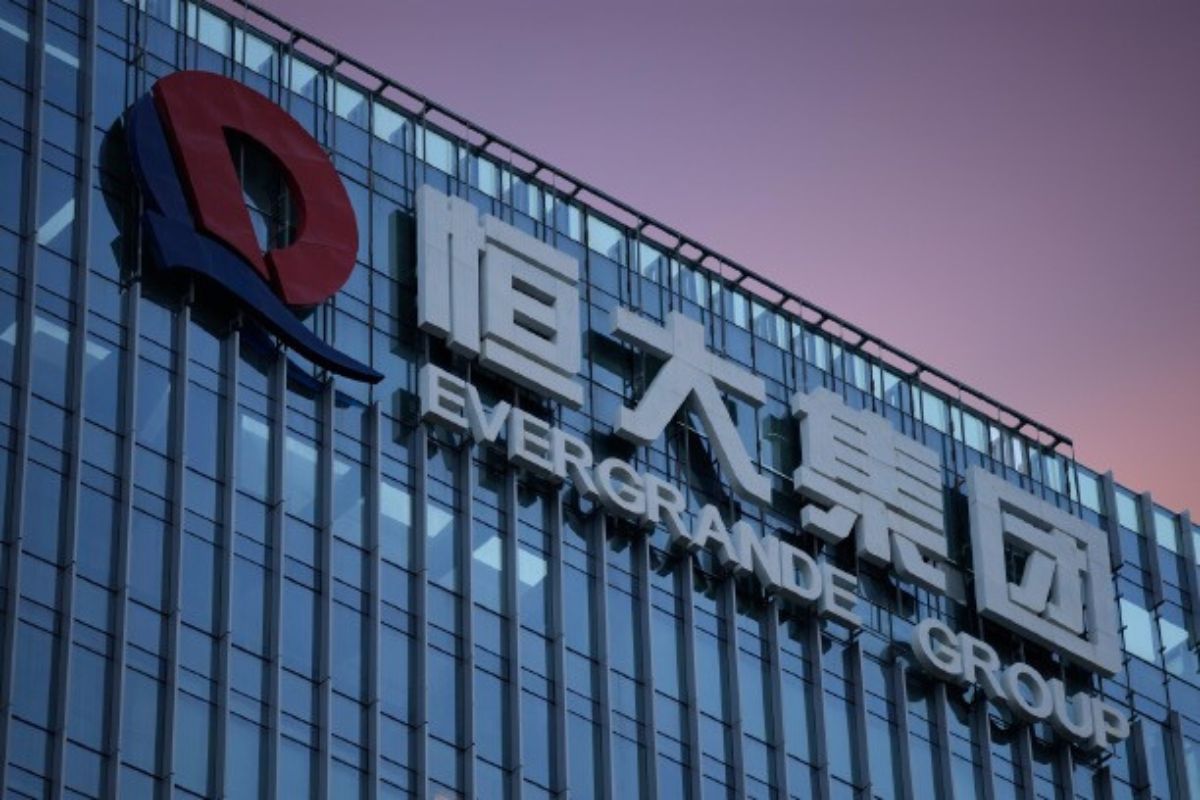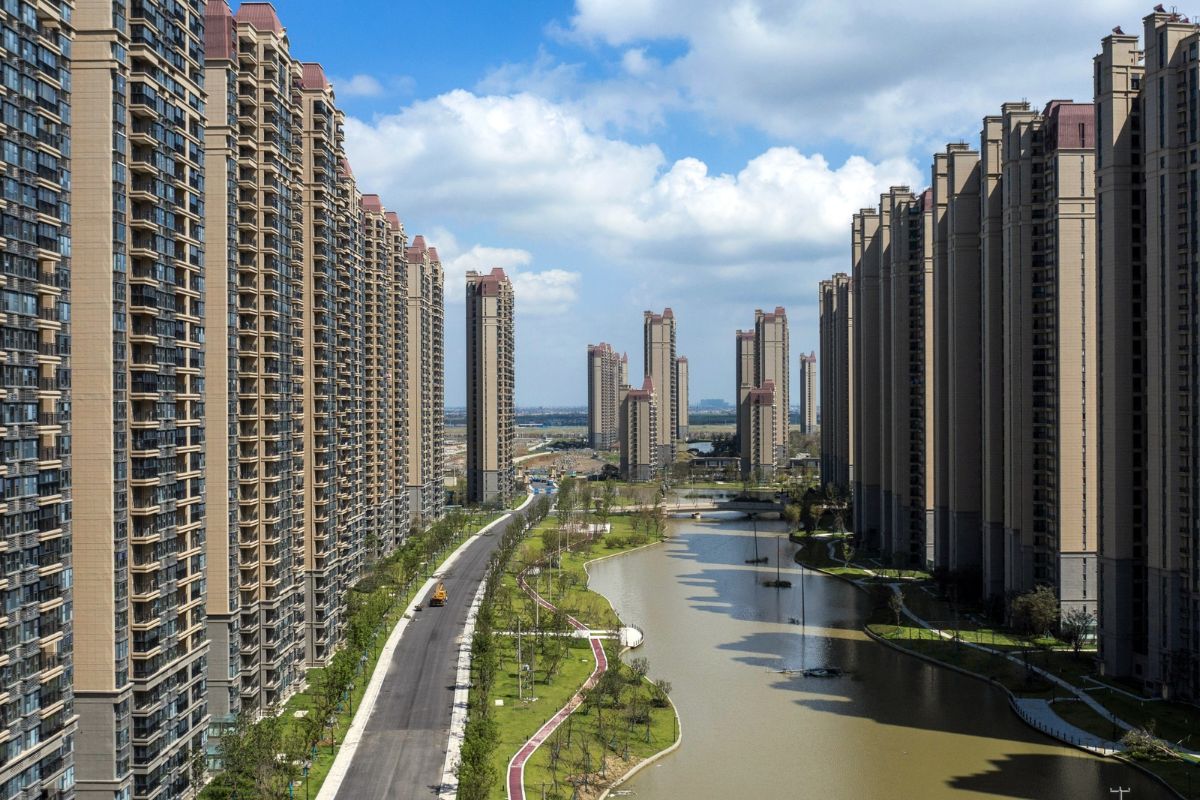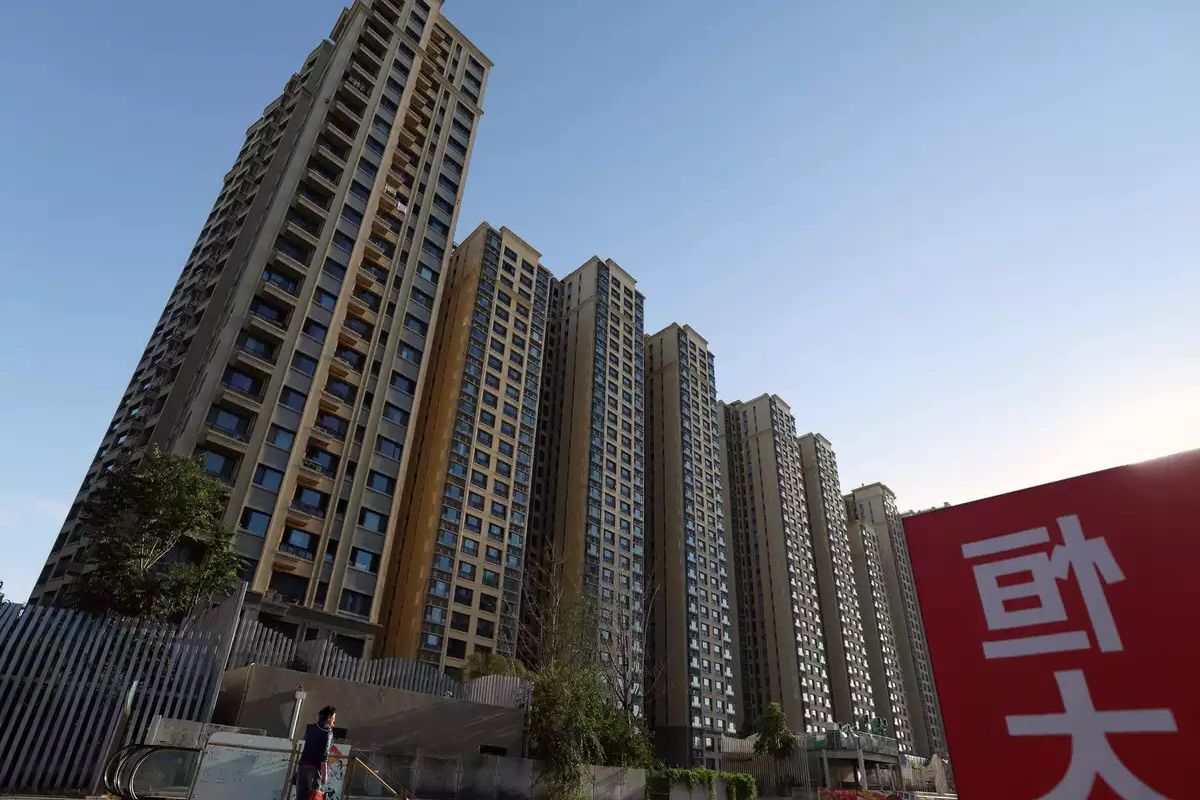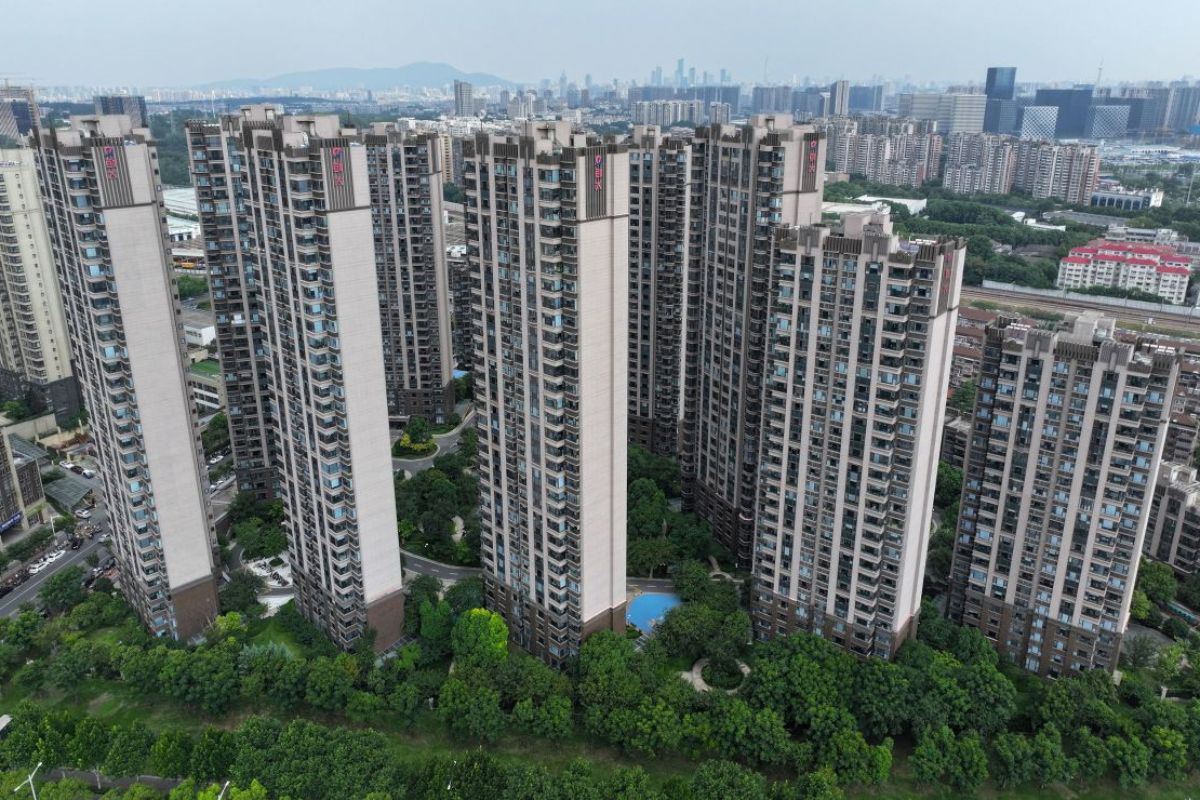China Evergrande Unraveled: In the realm of China’s property market, a storm is brewing as one of the country’s largest developers, China Evergrande Group, faces mounting challenges that threaten its very existence. Recent reports of tax notices and the specter of liquidation have sent shockwaves through the financial world, leaving investors and creditors on edge.
The unfolding situation has prompted the offshore bondholder group to support a petition for liquidation, raising questions about the implications of such a move and the potential for a new debt restructuring plan. As scrutiny intensifies over Evergrande’s recovery prospects, the impact of its possible liquidation on markets and ongoing construction projects looms ominously.
With so much at stake, the fate of China Evergrande continues to captivate the attention of industry insiders and observers alike, as they await the next development in this unfolding saga.
Key Takeaways
- Offshore bondholders, holding over $2 billion in Evergrande’s offshore notes, support the liquidation petition in Hong Kong court due to a lack of confidence in Evergrande’s ability to resolve its financial woes.
- The potential liquidation of Evergrande could result in significant losses for bondholders and have a negative impact on the broader financial market, China’s economy, and employment.
- Liquidators may propose a new debt restructuring plan to balance the interests of creditors and maximize the recovery of funds, but its success depends on offshore creditors’ cooperation and market conditions.
- There is intense scrutiny over the recovery prospects for Evergrande’s creditors, with doubts surrounding the previously cited recovery rate of 3.4%, and it is now expected to be less than 3%.
Evergrande’s Offshore Bondholder Group Supports Liquidation Petition
The petition for the liquidation of troubled developer Evergrande in a Hong Kong court has garnered the support of a significant offshore bondholder group, holding over $2 billion in Evergrande’s offshore notes. This group of offshore bondholders believe that liquidation is the best course of action to protect their investment and recover their funds.
Also Read: China Evergrande Group Last-Ditch Effort to Avoid Liquidation Faces Skepticism
By supporting the petition, the bondholders are signaling their lack of confidence in Evergrande’s ability to resolve its financial woes and meet its obligations. This support from such a significant bondholder group adds weight to the petition and increases the likelihood that the court will consider the liquidation request.
The bondholders are seeking a solution that will maximize their recovery and ensure that they are not left empty-handed in the wake of Evergrande’s financial collapse.
Implications of Evergrande’s Potential Immediate Liquidation
Implications of Evergrande’s Potential Immediate Liquidation could have far-reaching consequences for both the bondholder group and the broader financial market. The following are three key implications to consider:
- Losses for bondholders: In the event of immediate liquidation, bondholders may face significant losses as the sale of Evergrande’s assets may not generate enough funds to fully repay their investments. This could have a detrimental impact on the bondholder group’s financial health.
- Contagion risk: Evergrande’s potential immediate liquidation could send shockwaves through the broader financial market. Given the company’s size and interconnectedness, it could trigger a ripple effect, causing panic among investors, leading to market volatility, and potentially impacting other companies in the real estate sector.
- Economic repercussions: Evergrande’s liquidation could have a negative impact on China’s economy. The company’s extensive operations and debt burden make it a systemic risk, and its collapse could lead to job losses, reduced consumer spending, and a slowdown in the real estate sector, affecting not only China but also global markets.
It is crucial for regulators and stakeholders to closely monitor the situation and devise appropriate measures to mitigate the potential fallout from Evergrande’s liquidation.
Liquidators May Propose a New Debt Restructuring Plan
Evergrande’s potential immediate liquidation could prompt liquidators to propose a new debt restructuring plan for offshore creditors holding approximately $23 billion of the company’s debt. In such a scenario, the recovery prospects, uncertainties, and potential emergence of investors will play a crucial role in shaping this proposed plan.
Liquidators, acting in the best interest of all stakeholders, would aim to find a viable solution that balances the interests of the creditors while maximizing the recovery of funds. This new debt restructuring plan would likely involve negotiations with offshore creditors to restructure their debt, potentially extending the maturity dates, adjusting interest rates, or offering other favorable terms.
The success of this proposed plan would depend on the willingness of offshore creditors to cooperate and the overall market conditions and sentiment towards Evergrande’s assets.
Scrutiny Over Evergrande’s Recovery Prospects for Creditors
The recovery prospects for creditors of Evergrande are currently facing intense scrutiny due to a combination of factors. These factors include investigations, the company’s deteriorating financial situation, and doubts surrounding the accuracy of the previously cited 3.4% recovery rate.
One contributing factor to the uncertainties surrounding the recovery prospects is the ongoing investigations. Evergrande is currently under investigation by Chinese authorities for potential violations of regulations. This adds to the uncertainty surrounding the company’s ability to repay its creditors.
Another factor is the deteriorating financial situation of Evergrande. The company’s financial situation has been deteriorating rapidly, and it is struggling to meet its debt obligations. This raises concerns about the company’s ability to generate sufficient funds to repay its creditors.
Furthermore, doubts about the recovery rate also contribute to the uncertainties. The previously cited 3.4% recovery rate has been challenged, with expectations now pointing towards a recovery rate of less than 3%. This casts doubt on the level of recovery that creditors can expect from Evergrande.
Evergrande’s Liquidation Impact on Markets and Construction Projects
The potential liquidation of Evergrande may have significant repercussions on both capital markets and ongoing construction projects. Experts caution that while the impact on fragile capital markets is certain, it should not be seen as a template for resolving issues with other struggling developers.
Evergrande’s massive assets, debts, and political and regulatory considerations present unique challenges. The ongoing home construction projects, which are a priority for Evergrande and align with the interests of the real estate sector and the government, could face disruption.
The uncertainty surrounding the liquidation process could lead to delays, financial losses, and contractual disputes in the construction industry. Furthermore, the ripple effect on suppliers, subcontractors, and homebuyers could be profound, with potential implications for employment and the broader economy.
Monitoring the situation closely is crucial to mitigate the potential negative impact on both markets and construction projects.
Conclusion Of China Evergrande Unraveled
The potential liquidation of Evergrande raises concerns regarding the recovery prospects for creditors and the impact on markets and ongoing construction projects.
The support for liquidation by Evergrande’s offshore bondholder group adds weight to the possibility of immediate liquidation. However, liquidators may propose a new debt restructuring plan as an alternative.
The situation calls for careful scrutiny and analysis to assess the potential outcomes and implications for all stakeholders involved.
Our Reader’s Queries
Q1 What does Evergrande do in China?
A Established in 1996 by Hui Ka Yan (Xu Jiayin), the company primarily markets apartments to individuals in the upper- and middle-income brackets. Achieving the status of the most valuable real estate firm globally in 2018, it faced a financial collapse by 2021, marking the onset of the 2020–2024 crisis in the Chinese property sector.
Q2 Is China Evergrande in default?
A Once the largest property developer in China, Evergrande’s downward spiral began with a default on offshore debt obligations in 2021, triggering a series of crises. With reported debts exceeding $300 billion (£237 billion), a significant portion is owed to individuals who invested in properties that were never constructed.
Q3 Who is the largest property developer in China?
A Country Garden, China’s biggest property developer, issued a warning of imminent default as it disclosed a substantial loss of nearly $7 billion for the first half of the year. This exacerbates the real estate crisis, posing a threat to the nation’s already delicate economy.
Q4 Who is the CEO of Evergrande?
A Born on October 9, 1958, Hui Ka Yan, also known as Xu Jiayin in Mandarin Chinese, is a prominent Chinese billionaire businessman. He holds the positions of Chairman of the Board and Communist Party Secretary at the Evergrande Group, a leading Chinese real estate developer.




